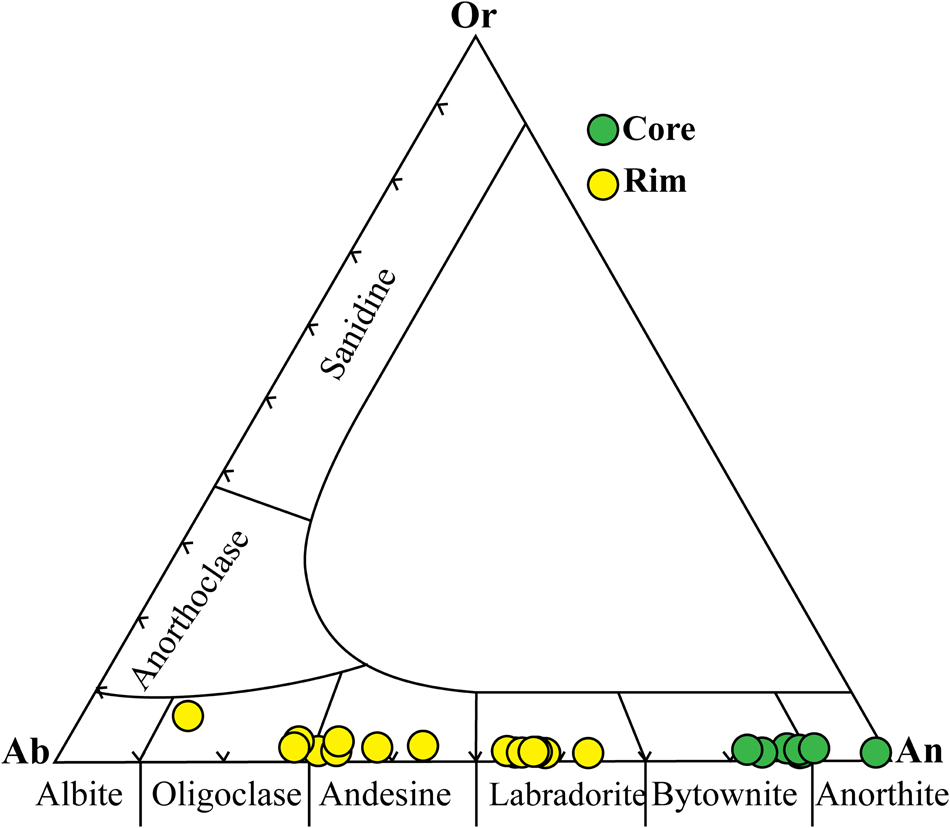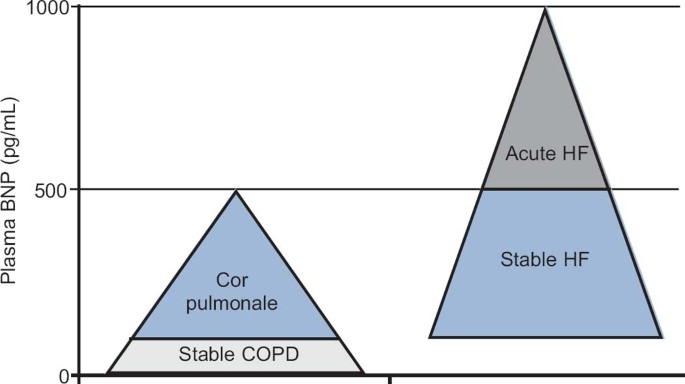
:max_bytes(150000):strip_icc()/600QAPvolcanic-56a367bb5f9b58b7d0d1c837.jpg)
Laboratory experimental studies melting putative source rocks 8, 20, 22, geochemical and mineralogical investigation of archaeological materials 19, and large scale demonstrations 7, 16, 17, 23, 24, 25 have attempted to settle the debates about vitrified hillforts in general, but much remains obscure and enigmatic 20. For instance, the Swedish vitrified hillfort Broborg has been interpreted as being vitrified deliberately for constructive fortification 2, 7, 21. It has been argued 7, 20 that each site should be considered independently, and wide generalizations are not prudent. Although it is now apparent that there are doubtless multiple correct explanations for the appearance of this ancient glassy material, varying considerably by site 7, the most broadly accepted general explanations are: (1) destruction by enemy fire and (2) deliberate firing by locals for construction. Interpretations include destructive burning by enemies 1, 2, 4, 16, incidental melting due to signal fires 17, lightning strikes 7, deliberate melting for constructive mechanical enhancement 18, 19, or ritual destruction (e.g., decommissioning of a site) 6. Examples of vitrified hillforts are also known from England 8, Germany 9, Portugal 10, 11, and occasionally other locations (e.g., Ireland, Isle of Man, Orkney, Shetland, Wales, Bohemia/Czechia) 12.įirst reported in the 1700s 13, debates about the cause of the vitrification at these sites began from the earliest reports 14, 15 and continue to this day.

Considerable study has been given to vitrified hillforts, particularly in Scotland 4, 5, with fewer but still significant studies in France 6 and Sweden 7. About 200 of these are referred to as “vitrified 2” including ~ 3% of those in Scotland 3 that is, some of the rocks used in the fortifications have melted and upon cooling formed glass which often fused adjacent rocks. Hilltop fortifications are a hallmark of Late Bronze Age and Iron Age civilization in continental and island Europe, with many thousands being known 1. This study aids archaeological forensic investigation of vitrified hillforts and interpretation of source rock material by mapping mineralogical changes and glass production under various heating conditions. ‘Clear glass’ formed from non-equilibrium partial melting of feldspar in granitoid rocks. ‘Dark glass’ and its associated minerals formed from amphibolite or dolerite rocks melted at 1000–1200 ☌ under reducing atmosphere then slow cooled.

Textures, phases, and glass compositions obtained were compared with those for rock samples from the vitrified part of the wall, as well as with equilibrium crystallization calculations. Crystalline and amorphous phases were quantified using X-ray diffraction both in situ, during heating and cooling, and ex situ, after heating and quenching. Potential source rocks were collected locally and heat treated in the laboratory, varying maximum temperature, cooling rate, and starting particle size.
AMPHIBOLE TERNARY DIAGRAM SERIES
We carried out a series of experiments to constrain conditions that led to the vitrification of the inner wall rocks in the hillfort at Broborg, Sweden. European Bronze and Iron Age vitrified hillforts have been known since the 1700s, but archaeological interpretations regarding their function and use are still debated.


 0 kommentar(er)
0 kommentar(er)
